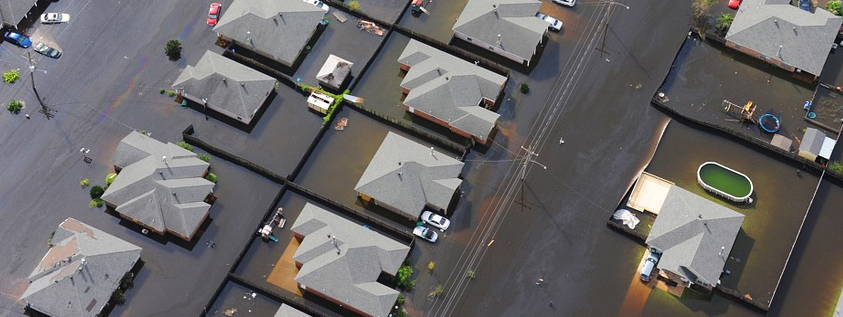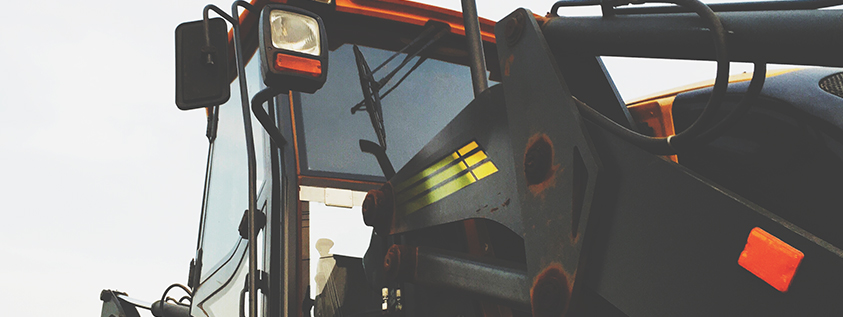September 19, 2016/in Environmental Services /by jeng
Underground storage tanks can pose a grave risk to the soil and groundwater of a property. When they fall into disrepair, they can be considered an environmental liability, especially if they’ve been used to store gasoline, diesel fuel kerosene, or heating oil. Rusted or leaky underground storage tanks as well as abandoned or undocumented tanks must be removed in order to protect homeowners as well as the land they live on.
Applied Resource Management is skilled and experienced when it comes to removing underground storage tanks. Other times, an underground storage tank is still in use. If this is the case at your home, then your UST requires the protection in case of certain situations. One of these situations is flooding.
As we’ve seen in many cities in the eastern United States, including the most recent disaster in Louisiana, the devastation caused by Hurricane Sandy in 2011, and the heavy rains that fall here in North Carolina, flooding is a real concern, especially if you have an underground storage tank.
There are a few things you can do to protect your home, property, and environment from a flooded underground storage tank, before and after the water hits. By following the tips below and working with an experienced environmental professional, you can ensure that your underground storage tank is not a liability.
Before the Flood
A flood can cause an underground storage tank to become filled with water and contaminate the area around it. To prevent this, there are a number of things you should do:
- Measure the water level reading of your tank and take product inventory, so you will be aware of any sudden changes.
- Fill the tank to weigh it down and keep it from floating out of the ground.
- Secure all openings and make sure your fill caps are tightened and locked.
- Make sure the seal on your spill bucket plungers are operational and temporarily cap off the vent pipes. This will keep water from entering the tank.
- Place sand bags or rocks over the tank to keep it from floating out of the ground.
After the Flood
Once the flood has passed, it’s important to check all aspects of your UST to ensure that no damage was done and all your preparations paid off. This should include the following:
- First, make sure the power is turned off to protect yourself. Then check to see if anything leaked out of the UST and if any water or debris entered it.
- Turn the power back on and check to see that the release detection system works.
- Check and test all equipment, including pumps, shear valves, fill pipes, and vent lines.
- Clean and empty the spill buckets and sumps and make sure they’re still tight.
We hope these tips help you keep your underground storage tanks safe and secure no matter what the weather does. If you need help forming a plan for your UST, fixing your UST after a flood, or removing an old UST you’re no longer using, contact Applied Resource Management today. We look forward to finding the solution that’s right for you.





